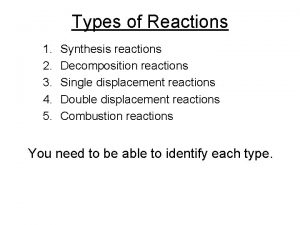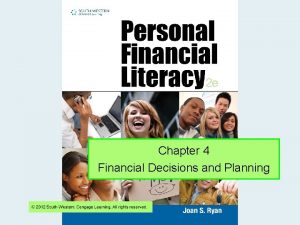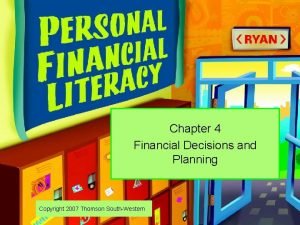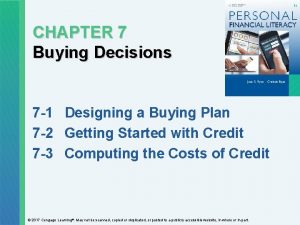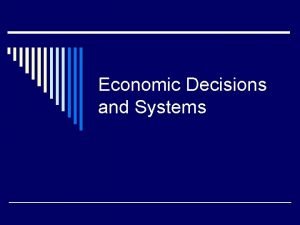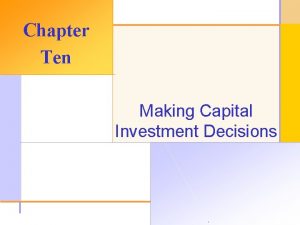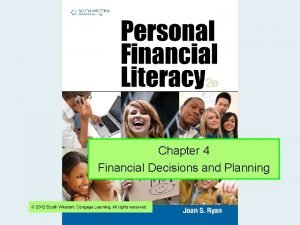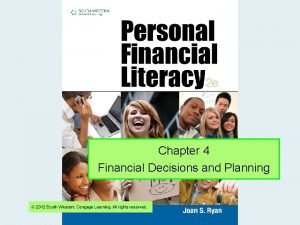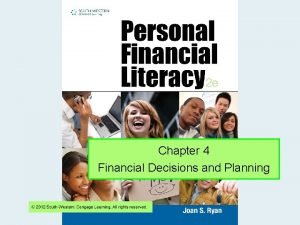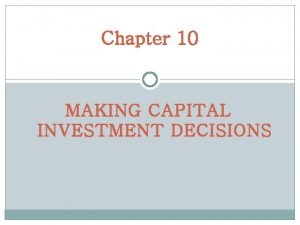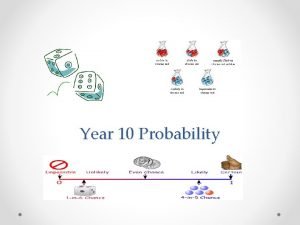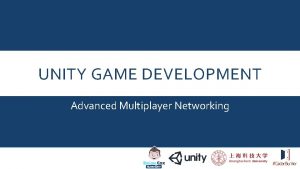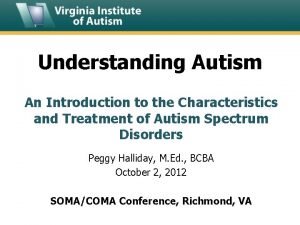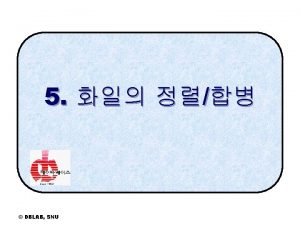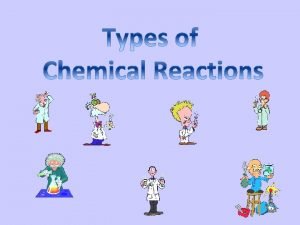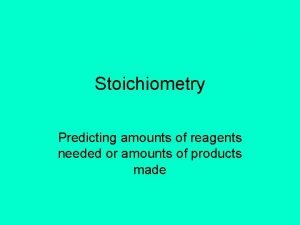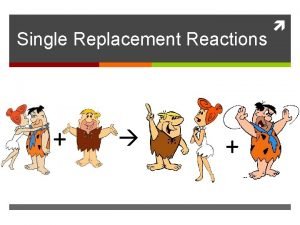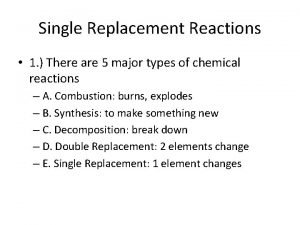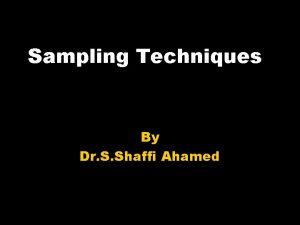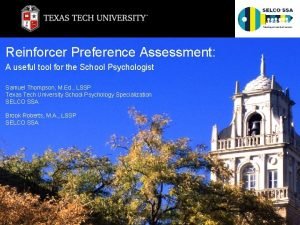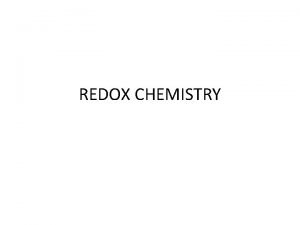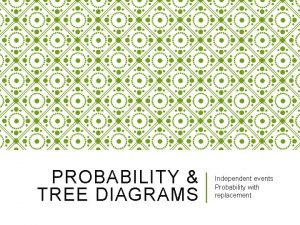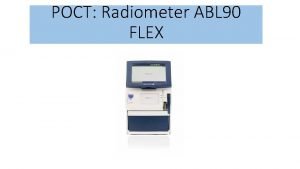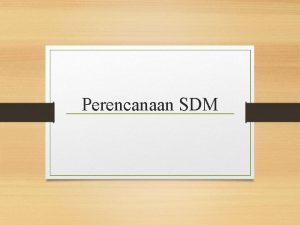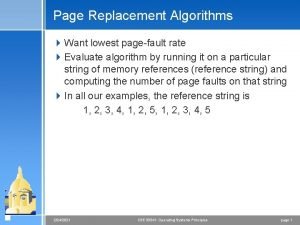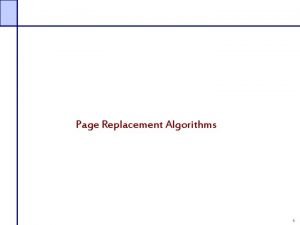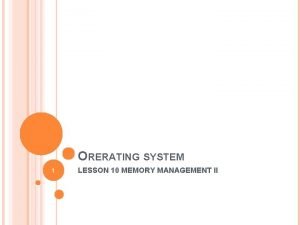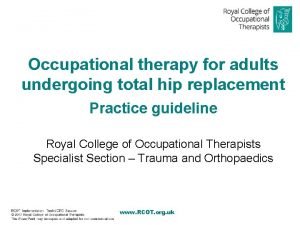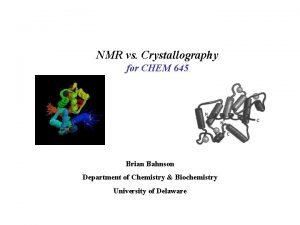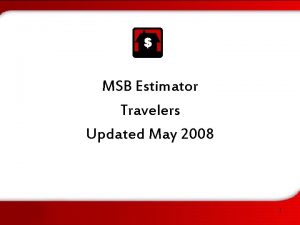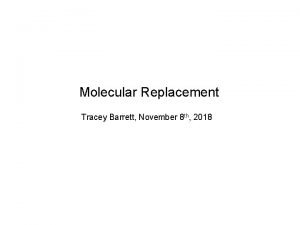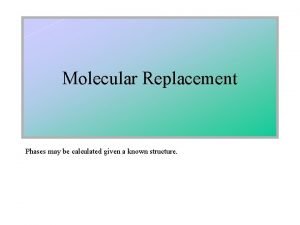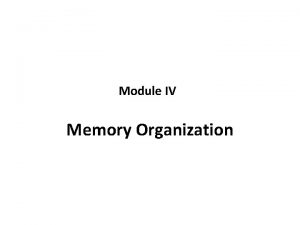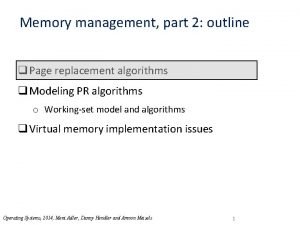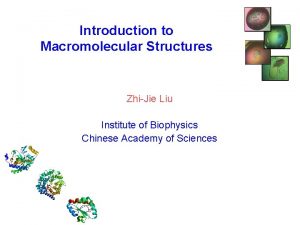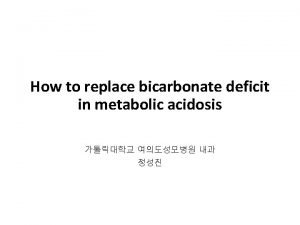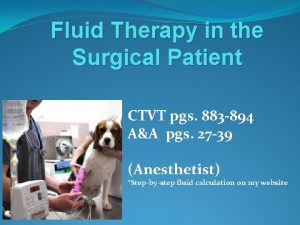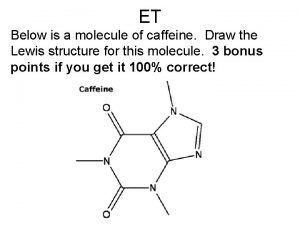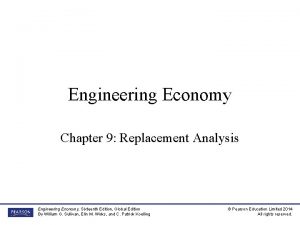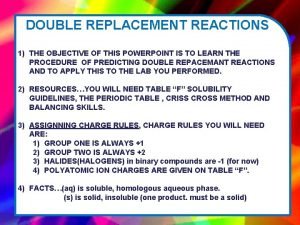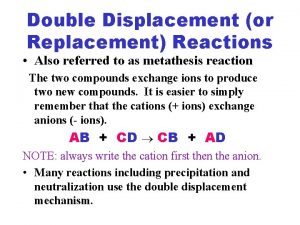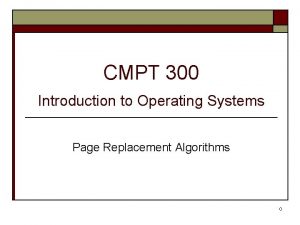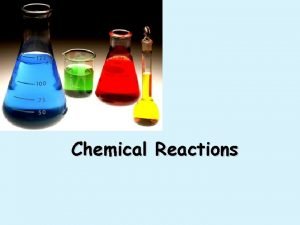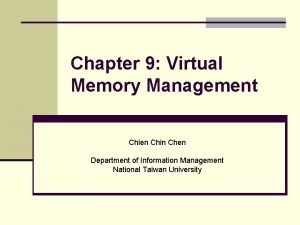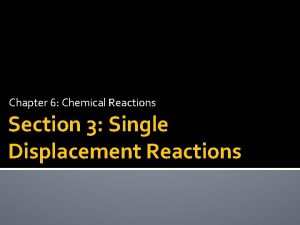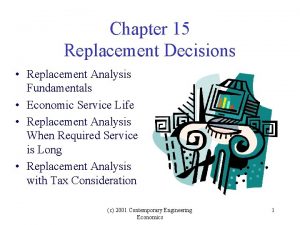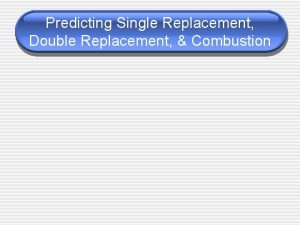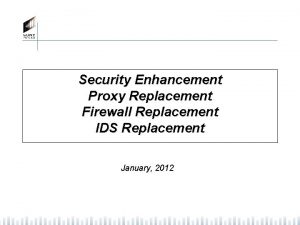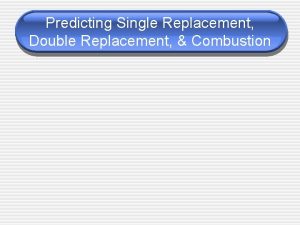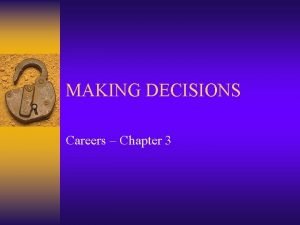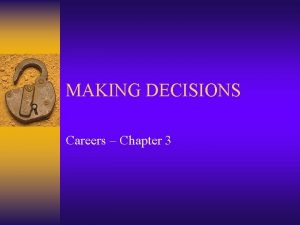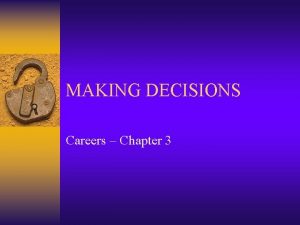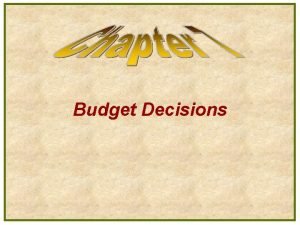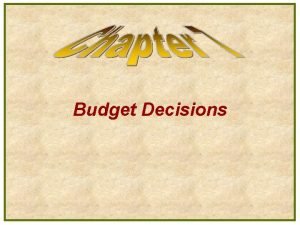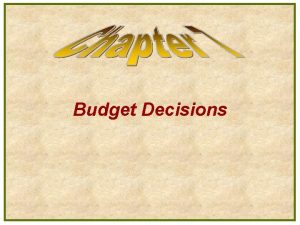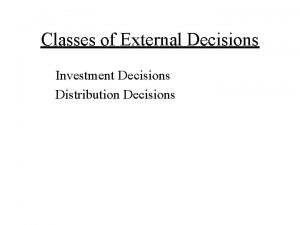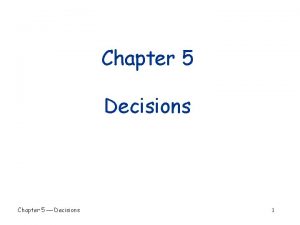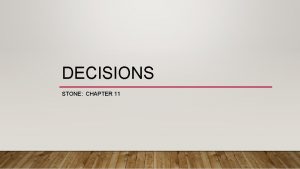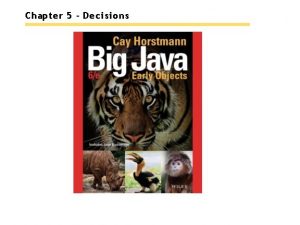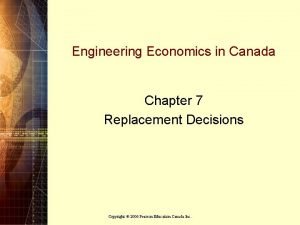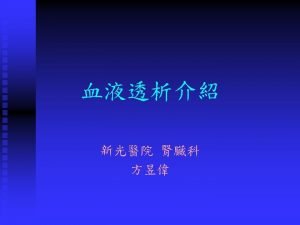REPLACEMENT DECISIONS CHAPTER 12 1 Replacement Decisions 2























































- Slides: 55

REPLACEMENT DECISIONS CHAPTER 12 1

Replacement Decisions 2 q Replacement Analysis Fundamentals q Economic Service Life q Replacement Analysis When a Required Service is Long

Replacement Terminology Defender: an old machine Sunk cost: any past cost unaffected by any future investment Challenger: decisions. a new machine Trade-in allowance: Current market value: selling price of the defender in the market place 3 value offered by the vendor to reduce the price of a new equipment

Replacement Analysis Fundamentals Ø Replacement projects are decision problems that involve the replacement of existing out of date or worn-out assets. Ø When existing equipment should be replaced with more efficient equipment? Examine three aspects of the replacement problem 1) Approaches for comparing defender and challenger 2) Determination of economic service life 3) Replacement analysis when the required service period is long 4

Two basic approaches to analyze replacement problems Cash Flow Approach Ø Ø Ø 5 Opportunity Cost Approach Treat the proceeds (amount of money received) from sale of the old machine as down payment toward purchasing the new machine. (Use it to bye the new one) Ø Treat the proceeds (amount of This approach is meaningful when both the defender and challenger have the same service life. Use PW or AE values in the analysis Ø This approach is more commonly money received) from sale of the old machine as the investment required to keep the old machine. (Do not use the money to bye the new one). practiced in replacement analysis.

6

7

8

9

10

11

Economic Service Life Minimize remaining useful life of an asset that results in the minimum annual equivalent cost. Ø We should use the respective economic service lives of the defender and the challenger when conducting a replacement analysis. 12 Annual Equivalent Cost Ø Economic service life is the Capital (Ownership) cost + Operating cost

Economic Service Life Continue…. Ø Capital cost have two components: Initial investment ( I ) and the salvage value ( S ) at the time of disposal. Ø The initial investment for the challenger is its purchase price. For the defender, we should treat the opportunity cost (potential benefit that is given up as you seek an alternative action) as its initial investment. Ø Use N to represent the length of time in years the asset will be kept; ( I ) is the initial investment, and SN is the salvage value at the end of the ownership period of N years. Ø The operating costs of an asset include operating and maintenance (O&M) costs, labor costs, material costs and energy consumption costs. 13

Mathematical Relationship Objective: Find n* that minimizes total AEC AE of Capital Cost: AE of Operating Cost: Total AE Cost: 14

15

Here are some special cases that the economic service life can be determined easily: If the salvage value is constant and equal to the initial cost, and the annual operating cost increases with time, AEC is an increasing function of N and attains its minimum at N = 1. In this case, we should try to replace the asset as soon as possible. If the annual operating cost is constant and the salvage value is less than the initial cost and decreases with time, AEC is a decreasing function of N. In this case, we would try to delay replacement of the asset as long as possible. If the salvage value is constant and equal to the initial cost and the annual operating costs are constant, AEC will also be constant. In this case, the time at which the asset is replaced does not make any economic difference. 16

Example 12. 4 Economic Service Life for a Lift Truck A company considers buying a new electric forklift truck that would cost $20, 000, have operating cost of $6, 000 in the first year, and have a salvage value of $14, 000 at the end of the first year. For the remaining years, operating costs increase each year by 25% over the previous year’s operating costs. Similarly, the salvage value declines each year by 30% from the previous year’s salvage value. The truck has a maximum life of eight years, without any major engine overhaul. The firm’s required rate of return is 12%. Find the economic service life of this new machine. 17

18

CR (12%)1 = I (A/P, 12%, 1) – S 1 (A/F, 12%, 1) N=1 CR (12%)1 = $20, 000 (1. 12) – $14, 000 (1) = $8, 400 OC (12%)1 =Σ [OC 1 (P/F, 12%, 1)] (A/P, 12%, 1) OC (12%)1 =Σ [$6, 000 (0. 8929)] (1. 12) = $6, 000 AEC 1 = CR 1 + OC 1 = $8, 400 + $6, 000 AEC 1 = $14, 400 19

CR (12%)2 = I (A/P, 12%, 2) – S 2 (A/F, 12%, 2) N=2 CR (12%)2 = $20, 000 (0. 5917) – $9, 800 (0. 4717) = 11, 834 – 4, 623 = $7, 211 OC (12%)2 =Σ [OC 1 (P/F, 12%, 1) + OC 2 (P/F, 12%, 2)] x (A/P, 12%, 2) OC (12%)2 =Σ [$6, 000 (0. 8929) + $7500 (0. 7972)] x (0. 5917) = $6, 708 AEC 2 = CR (12%)2 + OC 2 = $7, 211 + $6, 708 AEC 2 = $13, 919 20

21

N=3 CR (12%)3 = I (A/P, 12%, 3) – S 3 (A/F, 12%, 3) CR (12%)3 = $20, 000 (0. 4163) – $6, 860 (0. 2963) = 8, 326 – 2, 032 = $6, 294 OC (12%)3 =Σ [ OC 1 (P/F, 12%, 1) + OC 2 (P/F, 12%, 2) + OC 3 (P/F, 12%, 3)] (A/P, 12%, 3) OC (12%)3 =Σ [$6, 000 (0. 8929) + $7, 500 (0. 7972) + $9, 375 (0. 7118)] (0. 4163) = $7, 498 AE 3 = CR (12%)3 + OC 3 AEC 3 = $6, 294 + $7, 498 = $13, 792 22

N=4 CR (12%)4 = I (A/P, 12%, 4) – S 4 (A/F, 12%, 4) CR (12%)4 = $20, 000 (0. 3292) – $4, 802 (0. 2092) = $6, 584 – $1, 004 = $5, 580 OC (12%)4 =Σ [OC 1 (P/F, 12%, 1) + OC 2 (P/F, 12%, 2) + OC 3 (P/F, 12%, 3) + OC 4 (P/F, 12%, 4)] (A/P, 12%, 4) OC (12%)4 =Σ [ $6, 000 (0. 8929) + $7, 500 (0. 7972) + $9, 375 (0. 7118) + $11, 719 (0. 6355)] (0. 3292) = $8, 381 AE 4 = CR (15%)4 + OC 4 23 AEC 4 = $5, 580 + $8, 381 = $13, 961

AEC if the Asset were Kept N Years N = 1, AEC 1 = $14, 400 N = 2, AEC 2 = $13, 919 N = 3, AEC 3 = $13, 792 Minimum cost N = 4, AEC 4 = $13, 961 N = 5, AEC 5 = $14, 387 N = 6, AEC 6 = $15, 044 N = 7, AEC 7 = $15, 920 N = 8, AEC 8 = $17, 008 Economic Service Life 24 If you purchase the asset, it is most economical to replace the asset every 3 years

25

Replacement Analysis When the Required Service Period is Long Ø We know how the economic service life of an asset is determined. Ø The next question is to decide whether now is the time to replace the defender. Consider the following factors: Planning horizon (study period) Ø By planning horizon, it is meant the service period required by the defender and future challengers. Ø The infinite planning horizon is used when we are unable to predict when the activity under consideration will be terminated. Ø In other situations, the project will have a definite and predictable duration. In these cases, replacement policy should be formulated based on a finite planning horizon. 26

Decision Frameworks continue……. Relevant cash flow information Ø Many varieties of predictions can be used to estimate the pattern of revenue, cost and salvage value over the life of an asset. Decision Criterion Ø The AE method provides a more direct solution when the planning horizon is infinite. When the planning horizon is finite, the PW method is convenient to be used. Ø Although the economic service life of the defender is defined as the number of years of service that minimizes the annual equivalent cost (or maximizes the annual equivalent revenue), the end of the economic life is not necessarily the optimum time to replace the defender. 27

Handling Unequal Service Life Problems in Replacement Analysis Let us consider a situation where you are comparing a defender (D) with an economic service life of three years and a challenger (C) with an economic service life of six years. This means that if we decide to keep the old machine (D) for three years, we will replace it at time 3 by an asset similar to the new machine. This asset will in turn be replaced six years later, at time 9, by another asset C. There are two implied infinite sequences in this scenario: Keep defender (D), buy a challenger (C) at time 3, buy another challenger (C) at time 9, buy another challenger (C) at time 15, etc. Buy challenger (C) at time 0, buy a challenger (C) at time 6, buy a challenger (C) at time 12, and so on 28

Handling Unequal Service Life Problems in Replacement Analysis 29 It is clear that the AE cost approach for either sequence of assets is the same after the remaining life of the defender. Therefore, we can directly compare the AEC for the remaining life of the defender with the AEC for the challenger over its economic service life.

Replacement Strategies under the Infinite Planning Horizon 30 Ø Compute the economic lives of both defender and challenger. Let’s use ND* and NC* to represent economic lives of the defender and the challenger. Ø The annual equivalent cost for the defender and the challenger at their respective economic lives are indicated by AED* and AEC* Ø Compare AED* and AEC*. If AED* is bigger than AEC*, it is more costly to keep the defender than to replace it with the challenger. Thus, the challenger should replace the defender now.

Replacement Strategies under the Infinite Planning Horizon Ø If the defender is not to be replaced now, when should it be replaced? 31 Ø First, we need to continue to use it until its economic life is over. Then, calculate the cost of running the defender for one more year. If this cost is greater than AEC*, the defender should be replaced at the end of its economic life. Ø This process should be continued until you find the optimal replacement time. This approach is called marginal analysis.

Replacement Strategies under the Infinite Planning Horizon 32

EXAMPLE 12. 5 Replacement Analysis under the Infinite Planning Horizon General Engineering Company is considering replacing an old vertical cylinder honing (polishing) machine. They are considering two options: Option 1: Retain or keep the old machine. If it is kept, the old machine can be used for another six years with proper maintenance. The market value of the machine is expected to decline 25% annually over the previous years. The operating costs are estimated at $3, 500 during the first year and are expected to increase by $1, 000 per year thereafter. 33

EXAMPLE 12. 5 continue. . Option 2: Alternatively, the firm can sell the machine to another firm in the industry now for $4, 000 and buy new honing machine. The new machine costs $12, 000 and will have operating costs of $2, 300 in the first year, increasing by 20% per year thereafter. The expected salvage value is $8, 000 after one year and will decline 30% each year thereafter. The company requires rate of return of 12%. Find the economic life for each option, and determine when the defender should be replaced. 34

EXAMPLE 12. 5 Replacement Analysis under the Infinite Planning Horizon 35

SOLUTION: Economic Service Life for Defender N=1 CR (12%)N = I (A/P, 12%, N) – SN (A/F, 12%, N) and AEOC (12%)N =Σ [OCn (P/F, 12%, N)] (A/P, 12%, N) CR (12%)1 = $4, 000 (1. 12) – 3, 000 (1. 0) = 4, 480 – 3, 000 = $1, 480 AEOC 1 = 3, 500 (0. 8929) (1. 12) = $3, 500 Σ AEC 1 = CR (15%)1 + AEOC 1 = 1, 480 + 3, 500 = $4, 980 36

SOLUTION - Economic Service Life for Defender n Forecasted Operating Cost 0 1 2 3 4 5 6 37 Market Value if Disposed of $4, 000 $3, 500 $3, 000 $4, 500 $2, 250 $5, 500 $1, 688 $6, 500 $1, 266 $7, 500 $949 $8, 500 $712

Economic Service Life Calculation For Defender 38

SOLUTION - Economic Service Life for Challenger N=1 CR (12%)N = I (A/P, 12%, N) – SN (A/F, 12%, N) AEOC =Σ [OCn (P/F, 12%, N)] (A/P, 12%, N) CR (12%)1 = $12, 000 (1. 12) – 8, 000 (1. 0) = 13, 440 – 8, 000 = $5, 440 AEOC 1 = 2, 300 (0. 8929) (1. 12) = $2, 300 Σ AEC 1 = CR (15%)1 + AEOC 1 = 5, 440 + 2, 300 = $7, 740 39

Economic Service Life Calculation for Challenger n Market Value 0 $12, 000 O&M Cost CR (12%) OC (12%) AEC(12%) Annual changes in Market Value - 30% 1 $8, 000 $2, 300 $5, 440 $2, 300 $7, 740 Annual increases in O & M 20% 2 $5, 600 $2, 760 $4, 459 $2, 517 $6, 976 Interest rate 12% 3 $3, 920 $3, 312 $3, 834 $2, 753 $6, 587 4 $2, 774 $3, 974 $3, 377 $3, 008 $6, 385 5 $1, 921 $4, 769 $3, 027 $3, 285 $6, 312 6 $1, 345 $5, 723 $2, 753 $3, 586 $6, 339 7 $941 $6, 868 $2, 536 $3, 911 $6, 447 8 $659 $8, 241 $2, 362 $4, 263 $6, 625 40

Replacement Decisions ND* = 1 year AECD* = $4, 980 NC* = 5 years AECC* = $6, 312 Should replace the defender now? No, because AECD* < AECC* If not, when is the best time to replace the defender? Need to conduct the marginal analysis.

Marginal Analysis – When to Replace the Defender Question: What is the additional (incremental) cost for keeping the defender one more year from the end of its economic service life, from Year 1 to Year 2? n 0 1 Financial Data: Opportunity cost at the end of year 1: $3, 000 (market value of the defender at the end year 1) Operating cost for the 2 nd year: $4, 500 2 3 4 5 6 Salvage value of the defender at the end of year 2: $2, 250 42 Forecasted Operating Cost Market Value if Disposed of $4, 000 $3, 500 $3, 000 $4, 500 $2, 250 $5, 500 $1, 688 $6, 500 $1, 266 $7, 500 $949 $8, 500 $712

Step 1: Calculate the equivalent cost of retaining the defender one more year from the end of its economic service life, say 1 to 2. $2250 1 2 $3, 000 (F/P, 12%, 1) + $4, 500 - $2, 250 = $5, 610 $3000 $4, 500 Step 2: Compare this cost with AECC* = $6, 312 of the challenger. 1 2 Conclusion: Since keeping the defender for the 2 nd year is less expensive than replacing it with the challenger, keep the defender beyond its economic service life. 43 $5, 610

Step 1: Calculate the equivalent cost of retaining the defender one more year from year 2 to 3. $1688 2 3 $2, 250 (F/P, 12%, 1) + $5, 500 - $1, 688 $2, 250 x 1. 12 + $5, 500 - $1, 688 = $6, 332 Step 2: Compare this cost with $2250 2 $5, 500 3 AECC* = $6, 312 of the challenger. Conclusion: For year three, keeping the defender is more expensive. This means that we should replace the defender at the end of year two. 44 $6, 332

SOLVED PRACTICE PROBLEMS 45

12. 1 NEWNAN Furniture owns and operates an industrial lift truck in their warehousing operation. The record indicates that the lift truck was purchased four years ago at $15, 000. The estimated salvage value is $4, 000 after four years of operation. First-year O&M expenses were $2, 000, but the O&M expenses have increased by $400 each year for the first four years of operation. Using i = 10% compute the annual equivalent costs of the lift truck for four years. 12. 1 SOLUTION 46

12. 5 A firm is considering the replacement of a 2, 000 kg capacity pressing machine. The machine was purchased five years ago at a cost of $22, 000. The machine was originally expected to have a useful life of 10 years and a $2, 000 estimated salvage value at the end of that period. However, the machine has not been dependable and is frequently out of service while awaiting repairs. The maintenance expenses of the pressing machine have been rising steadily and currently amount about $5, 000 per year. The machine could be sold now for $6, 000. If it is retained or kept the machine will require an immediate $2, 500 overhaul to keep it in operable condition. This overhaul will neither extend the originally estimated service life nor increase the value of the machine. The updated annual operating costs, engine overhaul cost, and market values over the next five years are estimated as follows: 47

12. 5 N O&M -5 -4 -3 -2 -1 0 1 2 3 4 5 48 $5, 000 $5, 500 $6, 000 $6, 500 $7, 500 Engine Market Overhaul Value 22, 000 $2, 500 $6, 000 $4, 500 $3, 000 $2, 500 $2, 000 $3, 000

12. 5 A drastic increase in operating costs during the fourth year is expected as a result of another overhaul, that is about $3, 000 which will be required in order to keep the machine in operating condition. The firm’s MARR is 15%. a) If the machine is to be sold now, what will be its sunk cost? b) What is the opportunity cost of not replacing the machine now? c) What is the equivalent annual cost of owning and operating the machine for two more years? d) What is the equivalent annual cost of owning and operating the machine for five more years? 49

12. 5) SOLUTION (a) Purchase cost = $22, 000, market value = $6, 000, sunk cost = $22, 000 - $6, 000 = $16, 000 (b) Opportunity cost = $6, 000 (c) (d) 50 N Engine O & M Overhaul -5 -4 -3 -2 -1 0 1 2 3 4 5 $2, 500 $5, 000 $5, 500 $6, 000 $6, 500 $7, 500 $3, 000 Market Value 22, 000 $6, 000 $4, 500 $3, 000 $2, 500 $2, 000

12. 11 A special-purpose machine is to be purchased at a cost of $30, 000. The following table shows the expected annual operating and maintenance cost and the salvage value for each year of service: If the interest rate is 12%, what is the economic service life for this machine? 51 Year of O & M Service Cost Market Value 0 $30, 000 1 $5, 000 $25, 800 2 $6, 500 $16, 000 3 $10, 000 4 $12, 500 $5, 000 5 $14, 800 $0

12. 11) SOLUTION At i = 12%, the economic service life is 1 year. 52

12. 15 Advanced Electrical Insulator Company is considering replacing a broken inspection machine, which has been used to test the mechanical strength of electrical insulators, with a newer and more efficient one. If repaired, the old machine can be used for another five years, although the firm does not expect to realize any salvage value from scrapping it in five years. Alternatively, the firm can sell the machine to another firm in the industry now for $5, 000. If the machine is kept, it will require an immediate $1, 200 overhaul to restore it to operable condition. The overhaul will neither extend the service life originally estimated nor increase the value of the inspection machine. The operating costs are estimated at $2, 000 during the first year and are expected to increase by $1, 500 per year thereafter. Future market values are expected to decline by $1, 000 per year. The new machine costs $10, 000 and will have operating costs of $2, 000 in the first year, increasing by $800 per year thereafter. The expected salvage value is $6, 000 after one year and will decline 15% each year. The company requires a rate of return of 15%. Find the economic life for each option, and determine when the defender should be replaced. 53

12. 15) Defender: Economic service year is 2 years 54

12. 15) Defender: Economic service year is 2 years Marginal analysis: 1. Opportunity cost at the end of year two, which is equal to the market value then, or $3, 000 2. Operating cost for the third year: $5, 000 3. Salvage value of the defender at the end of year three: $2, 000 The cost of using the defender for one more year from the end of its economic service life is Compare this cost with the challenger. Since keeping the defender for the 3 rd year is more expensive than replacing it with the challenger. Do not keep the defender beyond its 55 economic service life.
 Image making meaning
Image making meaning Example of combustion reaction
Example of combustion reaction Replacement analysis adalah
Replacement analysis adalah Screening decisions and preference decisions
Screening decisions and preference decisions Chapter 4 financial decisions and planning
Chapter 4 financial decisions and planning Chapter 4 financial decisions and planning
Chapter 4 financial decisions and planning An organized method for making good buying decisions.
An organized method for making good buying decisions. An organized method for making good buying decisions
An organized method for making good buying decisions Loan vocabulary
Loan vocabulary Chapter 1 economic decisions and systems answer key
Chapter 1 economic decisions and systems answer key Pv of cca tax shield formula
Pv of cca tax shield formula Chapter 4 financial decisions and planning
Chapter 4 financial decisions and planning Chapter 4 financial decisions and planning
Chapter 4 financial decisions and planning Chapter 4 financial decisions and planning
Chapter 4 financial decisions and planning Nwc change
Nwc change Probability tree diagrams
Probability tree diagrams Computer lifecycle replacement
Computer lifecycle replacement Mirror clientrpc
Mirror clientrpc Replacement behaviors for attention seeking
Replacement behaviors for attention seeking Replacement sort
Replacement sort The pythagorean theorem
The pythagorean theorem Synthesis reaction cartoon example
Synthesis reaction cartoon example How to determine if a single replacement reaction occurs
How to determine if a single replacement reaction occurs The equation a + bx ® ax + b is the general equation for a
The equation a + bx ® ax + b is the general equation for a Single replacement formula
Single replacement formula Double replacement lab
Double replacement lab Simple random sampling with replacement example
Simple random sampling with replacement example Multiple stimuli with replacement
Multiple stimuli with replacement Single replacement redox reaction
Single replacement redox reaction Probability with replacement example
Probability with replacement example Abl flex 90
Abl flex 90 Tujuan peramalan sdm
Tujuan peramalan sdm Page replacement algorithm online calculator
Page replacement algorithm online calculator Second chance page replacement algorithm
Second chance page replacement algorithm Second chance page replacement algorithm
Second chance page replacement algorithm Occupational therapy hip replacement interventions
Occupational therapy hip replacement interventions Molecular replacement method
Molecular replacement method Vcio toolkit
Vcio toolkit Net equation
Net equation Msb replacement cost estimator
Msb replacement cost estimator Molecular replacement method
Molecular replacement method Patterson
Patterson Lfu page replacement algorithm
Lfu page replacement algorithm Second chance page replacement algorithm
Second chance page replacement algorithm Molecular replacement method
Molecular replacement method Bicarb replacement formula
Bicarb replacement formula Crystalloid solution example
Crystalloid solution example Single replacement example
Single replacement example Replacement analysis in engineering economics
Replacement analysis in engineering economics Double replacement example
Double replacement example Definition of double replacement reaction
Definition of double replacement reaction Gem5 replacement policy
Gem5 replacement policy Aging algorithm page replacement
Aging algorithm page replacement Double replacement reaction examples
Double replacement reaction examples Second chance page replacement algorithm
Second chance page replacement algorithm General equation for single displacement reaction
General equation for single displacement reaction

